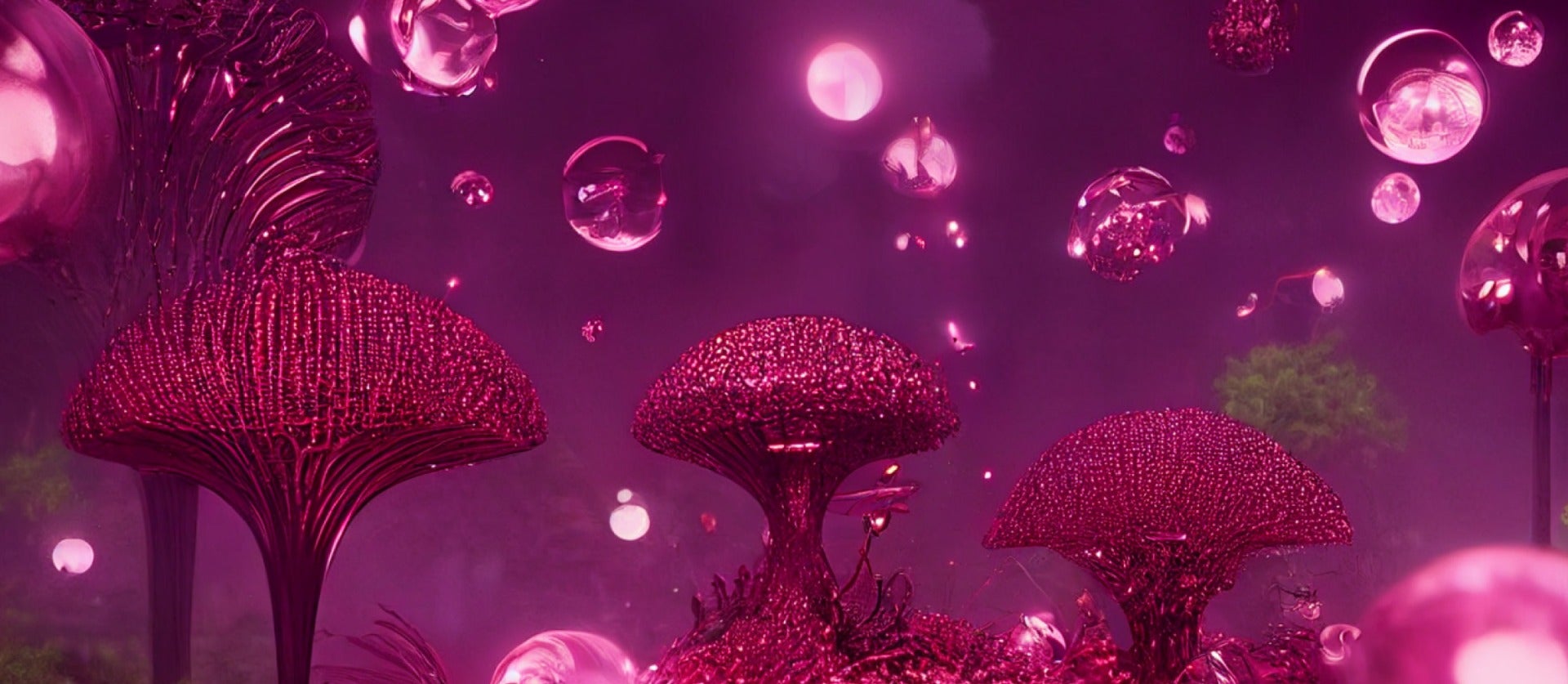This earthy crimson red color is intended to remind us of nature and help us stay connected to it as our lives become more focused on digital and virtual environments. Interestingly, this year’s Color of the Year was created with the assistance of artificial intelligence, which is a unique aspect of the selection process.
Pantone’s Color of the Year 2023, Viva Magenta, is supposed to reflect the growing appreciation for natural colors and our desire to balance our digital and physical lives. According to the company, this year’s color acknowledges the importance of movements such as climate change and sustainability which have heightened the awareness and appreciation of nature.

Pantone’s Color of the Year, Viva Magenta
Although the color was produced by AI, it is not entirely synthetic. Viva Magenta’s organic origins stem from the cochineal beetle, which produces the carmine dye. Cochineals feed on the sap of certain types of cacti, and the females produce a carminic acid that can be used to create a bright red dye. Historically, cochineal was highly valued for its color and used by indigenous people in the Americas Cochine for dyeing textiles for over 1,000 years as well as by Europeans after the Spanish conquest. It takes a lot of cochineals to produce a small amount of dye. It takes around 70,000 cochineals to produce one pound of dye. Cochineals have been used as a natural pesticide. In the 19th century, they were introduced to Australia to control the spread of prickly pear cacti, which had become invasive. The introduction of cochineals was successful, and they are still used as a natural pesticide today.
The curious fact is that some distillers use these insects to color their products. Yes, it’s true that some drinks get their bright hues from these little beetles. For a long time, Campari was the most popular spirit that used crushed cochineals to achieve its signature color. However, in 2006, Campari decided to switch to artificial colors for most of its bottlings due to concerns about the natural dye’s supply. This change could have signaled the end of cochineals being used in alcohol production. Today, in other fields, cochineals are still used to color many products, including lipstick, yogurt, and fruit juice. It is sometimes listed on ingredient labels as “carmine,” “cochineal extract,” or “natural red 4.”





